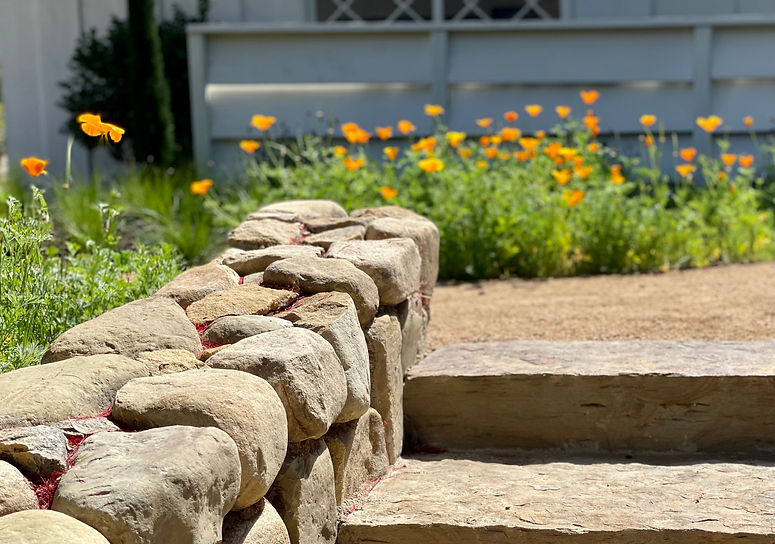

LANDSCAPE DESIGN
Designing a landscape is both a design process and a series of uncontrollable and ever-changing environmental conditions that determine the type of plants, hardscape materials, and exterior furnishings that are best suited for a landscape. Every landscape design project includes the creation of a detailed plan that is the result of assessing, identifying, and selecting the following design elements:
-
Landscape Topography
-
Soil Properties & Sun
-
Plants & Trees
-
Hardscape Design & Materials
-
Exterior Furnishings
LANDSCAPE
Landscapes are impacted by differing environmental conditions and physical features that must be taken into consideration when creating a design. Colin analyzes the natural and structural elements of a property and completes a comprehensive design assessment to create a detailed landscape plan:
-
Climate & microclimates
-
Sun (North, South, East, West)
-
Shade
-
Wind
-
Slope
-
Existing plantings & trees
-
Soil texture
-
Soil nutrient & pH levels
-
Structures (home, garage, shed)
-
Existing hardscape
-
Irrigation system
-
Foot and vehicle traffic patterns
SOIL
Soil texture, soil nutrients and soil pH govern the overall health of the soil. Colin conducts a detailed soil analysis to determine what landscape plantings and/or what organic soil building techniques, amendments and materials should be used prior to planting and the maintenance program after installation.
-
Texture – Clay, Sand or Loam
-
Nutrients - Responsible for flowering, above ground vegetative growth, fruit & root production, plant vigor, disease & pest resistance
-
pH – Acidity or alkalinity (salty)
PLANTS
Sun and soil texture (clay, sand, loam) are key variables that influence plants overall health and ability to grow. Most plants thrive in full to partial sunlight for photosynthesis to occur, but there are also plants that thrive in shade or little to no sun. Colin evaluates the position of the sun and the amount for sunlight year-round when recommending the best type of plants for a landscape.
The water and nutrient-holding capacity of soil is determined by soil texture. Clay soil retains more water and nutrients but does not drain well. Sandy soils are less nutrient rich but are excellent for drainage. Loam soil is a mixture of sand, silt and clay and is ideal because it retains sufficient water and provides a healthy amount of nutrients. Colin compiles a detailed list of plants that grow best in the soil at each landscape project.
HARDSCAPE
Hardscape materials are nonliving items that are either built or added to the landscape such as stone, brick, concrete, decking, etc. Hardscape design materials play five key roles in landscape design
-
Definition - defines the boundaries & movement through the landscape.
-
Unification - unifies the landscape & creates cohesion with the plantings & interior/exterior design.
-
Depth/Dimension - creates depth & dimension that draws people into the space.
-
Protection - protects plant materials from the elements and foot traffic.
-
Moderation - moderates the weather and other environmental conditions.
Colin makes recommendations on the benefits of a wide variety of hardscape material and creates design plans for all hardscape structures.
EXTERIOR FURNISHINGS
Exterior furnishings include all living, dining & lounge furniture, outdoor kitchens, spas, shade structures, pots/planters, fountains, fire features, sculptures, lighting, yard art, etc. Outdoor furnishings should be beautiful, functional and weather resistant. Colin has developed relationships with local and national retailers that design and build exterior furnishings specifically for the outdoors. Colin works closely with a select group of manufacturers and artisans that specialize in sustainable, recycled, reclaimed, and upcycled materials that are earth and eco-friendly.
